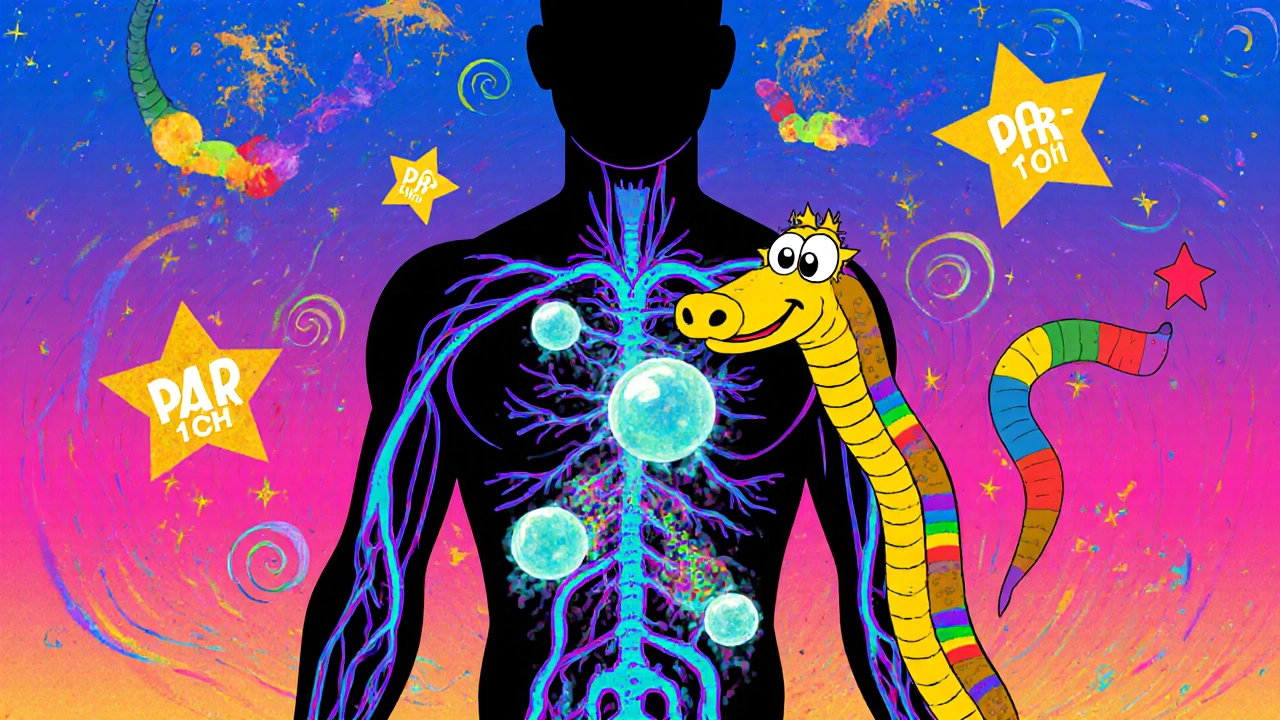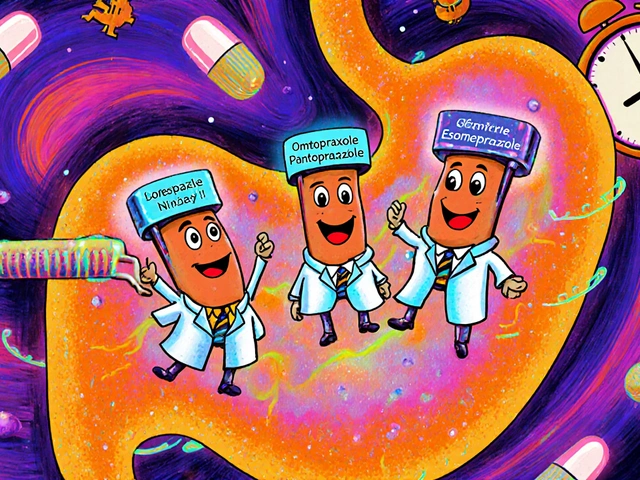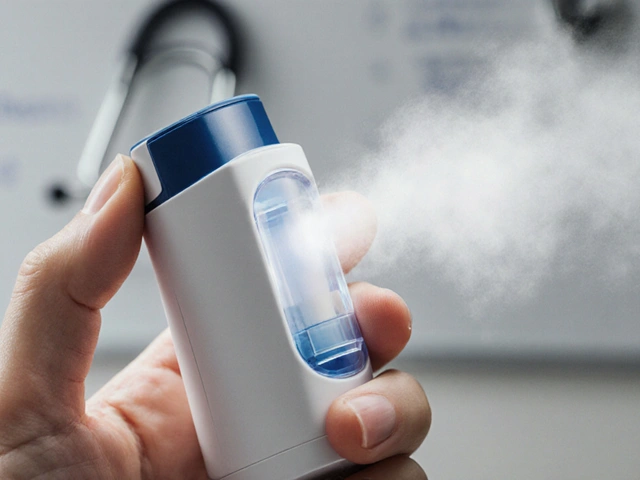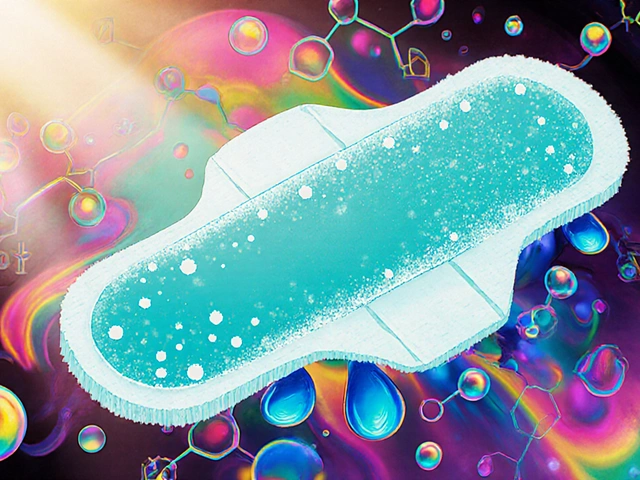Gemfibrozil is a medication used to lower triglycerides and raise HDL cholesterol. It’s been prescribed for decades to people with high lipid levels, especially those at risk for heart disease. But here’s something most patients don’t know: gemfibrozil is not addictive. Not in the way opioids, benzodiazepines, or even stimulants are. There’s no euphoria. No rush. No craving. And yet, questions about its potential for abuse keep popping up-mostly online, mostly from people mixing it with other drugs or taking it beyond prescribed doses.
What Gemfibrozil Actually Does
Gemfibrozil belongs to a class of drugs called fibrates. It works by activating a protein called PPAR-alpha, which helps your liver break down fats and clear them from your bloodstream. It doesn’t touch dopamine, serotonin, or opioid receptors. It doesn’t alter your mood. It doesn’t make you feel high. It doesn’t calm you down or energize you. It simply changes how your body handles fat.
Think of it like a plumbing tool. If your pipes are clogged with grease (triglycerides), gemfibrozil is the snake that clears them. It doesn’t make the pipes glow or hum. It just fixes the blockage. That’s it.
Why People Think It Might Be Addictive
The confusion comes from a few places. First, some people with high cholesterol or triglycerides feel better after starting gemfibrozil-less fatigue, clearer thinking, fewer chest tightness episodes. That improvement can be mistaken for a “high,” especially if they’ve been feeling unwell for months.
Second, gemfibrozil is sometimes taken alongside other medications. People on psychiatric drugs, alcoholics trying to quit, or those using stimulants like Adderall might notice changes in their body chemistry and blame gemfibrozil. But correlation isn’t causation. If someone starts feeling different after adding gemfibrozil to a cocktail of other substances, it’s the mix-not the gemfibrozil-that’s causing the effect.
Third, there’s a growing trend online of people self-experimenting with off-label drugs. Some believe fibrate drugs can boost mental clarity or help with weight loss. That’s not backed by science. But when someone takes gemfibrozil for a non-medical reason and feels a change, they may assume it’s psychoactive. It’s not. It’s just a lipid modifier.
Is There Any Evidence of Abuse?
According to the U.S. Drug Enforcement Administration (DEA), gemfibrozil is not scheduled. That means it’s not classified as a controlled substance. The FDA has never issued a warning about its abuse potential. No national addiction center in the U.S., UK, or EU lists gemfibrozil as a drug of abuse.
There are zero documented cases in peer-reviewed medical journals of physical dependence on gemfibrozil. No withdrawal syndrome has been reported. No tolerance development. No compulsive use patterns. Even in large population studies tracking over 500,000 patients, no increase in misuse was found-even among those with prior substance use disorders.
The only real risk? Taking too much. High doses can cause muscle damage (rhabdomyolysis), liver problems, or gallstones. But that’s toxicity-not addiction.
Who’s at Risk for Misuse?
People who misuse gemfibrozil usually fall into two groups.
- Those trying to lose weight without realizing it doesn’t burn fat directly-just clears triglycerides from the blood.
- Those on multiple medications who believe adding gemfibrozil will “cleanse” their system or improve energy.
There’s also a small group of bodybuilders who’ve heard rumors that fibrates help with fat loss. They’re wrong. Gemfibrozil doesn’t reduce body fat percentage. It lowers triglycerides in the bloodstream, which is different from burning stored fat. Taking it for this reason is not only ineffective-it’s dangerous.
One 2023 case report from the UK described a man who took 1,800 mg daily (three times the recommended dose) for six months, believing it would help him “get lean.” He developed severe muscle pain and elevated liver enzymes. He didn’t lose fat. He didn’t feel better. He ended up in the hospital.

What Happens If You Take Too Much?
Overdosing on gemfibrozil doesn’t get you high. It gets you sick.
Common signs of overdose include:
- Severe muscle pain or weakness
- Nausea, vomiting, stomach pain
- Dark urine (sign of muscle breakdown)
- Extreme fatigue
- Yellowing of skin or eyes (liver stress)
If you take more than prescribed, your risk of rhabdomyolysis spikes. This is when muscle tissue breaks down and releases toxins into your blood. It can lead to kidney failure. It’s rare-but it’s real. And it’s not fun.
There’s no antidote. Treatment is supportive: IV fluids, monitoring, stopping the drug. That’s it.
Can You Get Withdrawal Symptoms?
No. Stopping gemfibrozil doesn’t cause withdrawal. You won’t feel anxious, shaky, or crave the drug. Your triglycerides may rise again-because the underlying condition hasn’t changed-but that’s not withdrawal. That’s the disease returning.
Unlike alcohol, nicotine, or even antidepressants, gemfibrozil doesn’t alter brain chemistry in a way that causes physical dependence. Your body doesn’t adapt to it. You don’t need more over time. You don’t need it to feel normal.
What About Interactions?
While gemfibrozil isn’t addictive, it’s dangerous when mixed with other drugs.
It interacts badly with:
- Statins (like atorvastatin or simvastatin)-increases risk of muscle damage
- Warfarin-can raise bleeding risk
- Colchicine-can cause severe muscle toxicity
- Alcohol-can worsen liver strain
Some people take gemfibrozil with alcohol hoping to “enhance” fat loss. That’s a recipe for liver damage. Others combine it with stimulants thinking it’ll boost energy. That just increases stress on the heart and muscles.
There’s no safe combo. The only safe use is exactly as prescribed-once or twice a day, with meals, under a doctor’s supervision.
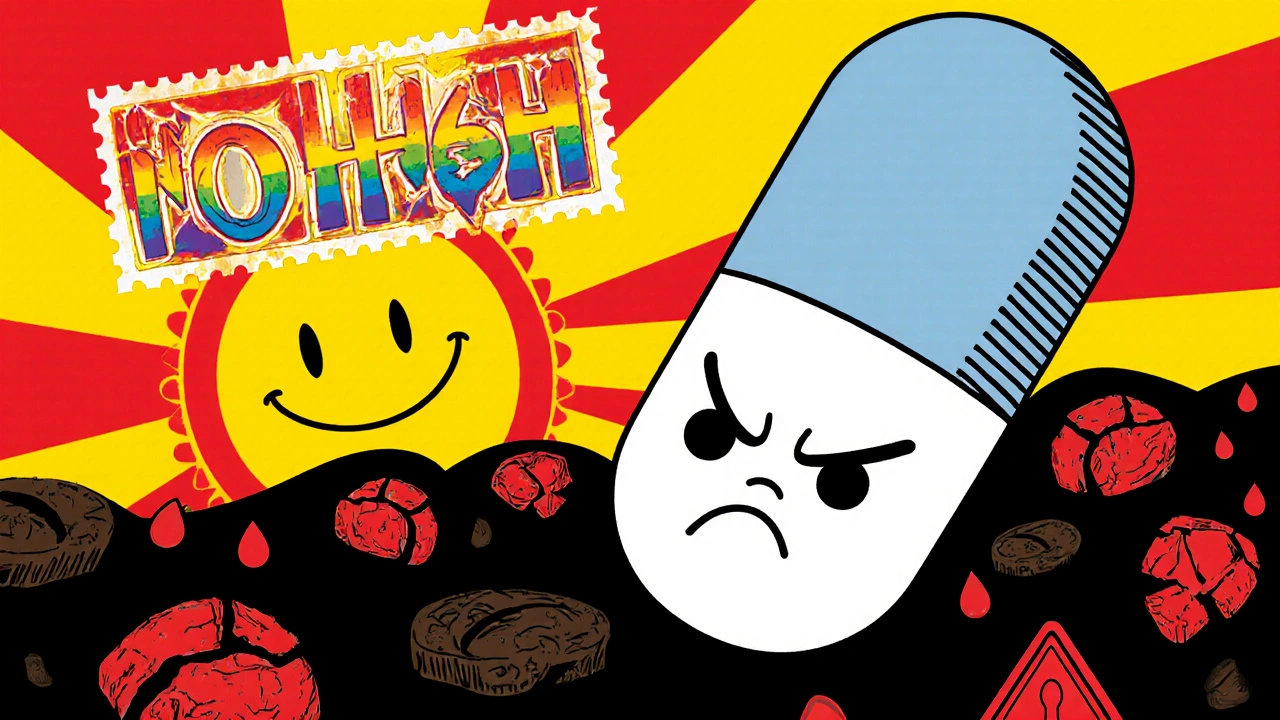
Why This Myth Persists
People want to believe there’s a shortcut. A pill that makes you feel better, look better, or escape reality. When you’re struggling with weight, low energy, or chronic illness, it’s tempting to think any new medication might be the answer.
Gemfibrozil isn’t that pill. It’s a tool for a very specific problem: high triglycerides. It doesn’t fix depression. It doesn’t cure fatigue. It doesn’t make you smarter or more attractive. It just lowers one type of fat in your blood.
The myth survives because of misinformation, desperation, and the internet’s tendency to turn every drug into a “hack.” But science doesn’t lie. No reputable study, no health agency, no medical textbook says gemfibrozil is addictive.
What Should You Do If You’re Worried?
If you’re taking gemfibrozil and feel like you need it to function, talk to your doctor. That’s not addiction-it might be anxiety about your health. Your doctor can check your lipid levels, assess your overall health, and help you understand why you’re feeling this way.
If you’re taking it without a prescription, stop. The risks far outweigh any imagined benefits. You’re not getting high. You’re risking muscle damage, liver failure, or worse.
If you’re using it to lose weight or boost energy, find better methods. Exercise. Better sleep. Reducing sugar. These work. And they don’t land you in the ER.
Bottom Line
Gemfibrozil is not addictive. It cannot be abused in the traditional sense. There’s no high. No craving. No withdrawal. It’s a medication for a specific medical condition-and it works well when used correctly.
But like any drug, it’s dangerous when misused. Taking too much, mixing it with other substances, or using it for non-medical reasons can lead to serious, even life-threatening side effects.
The real risk isn’t addiction. It’s misunderstanding what the drug does-and why it was prescribed in the first place.
Can gemfibrozil make you feel high?
No. Gemfibrozil does not affect brain chemicals like dopamine or serotonin. It doesn’t produce euphoria, sedation, or stimulation. Any feeling of being “better” after taking it is likely due to improved health from lower triglycerides-not a psychoactive effect.
Is gemfibrozil a controlled substance?
No. Gemfibrozil is not scheduled by the DEA or any major health authority. It’s available by prescription only because of its potential for side effects-not because it’s addictive or abused.
Can you build a tolerance to gemfibrozil?
No. Unlike drugs such as opioids or benzodiazepines, your body doesn’t adapt to gemfibrozil over time. You don’t need higher doses to get the same effect. The drug works the same way whether you’ve taken it for a week or a year.
What happens if I stop taking gemfibrozil suddenly?
You won’t experience withdrawal symptoms. However, your triglyceride levels may return to their previous high levels, increasing your risk of pancreatitis or heart disease. Always consult your doctor before stopping any medication.
Can gemfibrozil help with weight loss?
Not directly. Gemfibrozil lowers triglycerides in your blood, not body fat. It doesn’t burn calories or suppress appetite. Any weight loss reported by users is likely due to lifestyle changes, not the drug itself.
Is it safe to take gemfibrozil with alcohol?
No. Alcohol increases the risk of liver damage when combined with gemfibrozil. It can also worsen triglyceride levels, making the drug less effective. Avoid alcohol while taking this medication.
